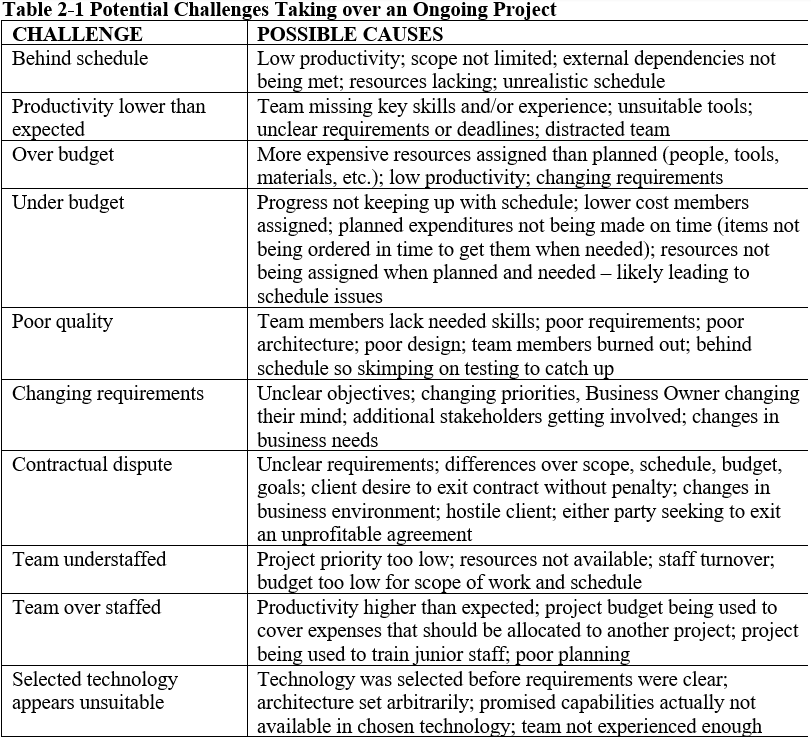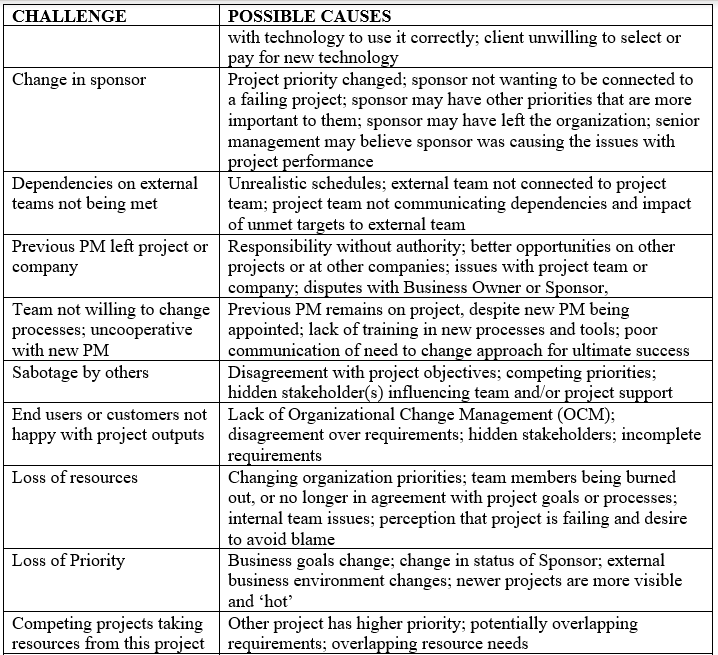Opportunity is Everywhere for Project Managers
The world is changing fast, and so is the future of project management. For new and established project professionals, the challenge to stay competitive and relevant in our ever-evolving work environment can be daunting – particularly in the face of constant disruption and economic uncertainty.
The good news is project talent is still in high demand. My organization, Project Management Institute (PMI), recently released its Global Project Management Job Trends for 2023 showing that – despite the disruption and economic uncertainty – this demand will only increase, presenting a strong opportunity for project professionals to advance their careers over the next decade. In fact, from now until 2030, 2.3 million people will be needed each year to fill open project management-oriented positions, according to PMI’s most recent Talent Gap report.
So, what will these positions look like, and how can you take advantage of these opportunities? Here are the sectors to watch for and ways you can upskill or reskill to prepare for your next career move:
Construction
Despite setbacks including the global pandemic, supply chain issues, and inflation, the construction industry continues to grow and expand, creating job openings for project professionals. The recent investment in U.S. infrastructure also provides a significant opportunity, with an estimated 17 million infrastructure-related jobs to be filled by 2031, many of those in construction and built areas.
If you are interested in beginning or advancing your career in construction, the opportunities are endless with projects touching telecom, power, water, and more. It’s important to note that this is a rapidly evolving industry, so you must develop relevant skills, including the mastery of digital tools like building information management and cutting-edge tech to allow virtual building tours before ground has been broken.
If you have at least three years of project experience in the construction field, the Construction Professional in Built Environment Projects (PMI-CP)™ can help you acquire skills like stakeholder communication and scope and risk management, using construction-specific context to prime you for future opportunities in the industry.
Consulting & ESG
While consulting was previously more aligned with late-career professionals to leverage their professional expertise, a career in consulting is now a space for all project professionals. Project management consultants are often brought in to implement organizational transformations, requiring them to keep pace with the latest developments in new technologies like AI and low-code or no-code tools. A successful career in consulting also requires proficiency in interpersonal skills, like communication and active listening – which PMI calls “power skills” – to provide the best possible guidance to employers and clients, solve pain points, and demonstrate value aligned with organizational goals.
With an increasing demand for organizations to invest in environmental, social, and governance (ESG) practices, this also presents a new path for project managers to build a career in ESG. Project professionals have the necessary tools and skillset that make them well-suited to manage complex, long-term projects that require implementation, stakeholder management, and designating and meeting KPIs.
Financial Services
With this sector rapidly moving toward a fintech future, project professionals have an opportunity for a career in financial services to help drive this industry’s digital revolution. Gaining knowledge of data privacy, legal and regulatory requirements, and consumer expectations is crucial as financial services companies look to balance the pursuit of profit with innovation to redefine industry services.
Project professionals who achieve this balance will be invaluable to their teams, helping to vet and implement trends and technology to improve customer services and advance the business, while avoiding those which do not. Because working with data privacy and regulatory factors comes with a bit of inherent risk, the PMI Risk Management Professional (PMI-RMP)® certification, for example, can help arm you with knowledge for industry success – from registering threats and risks to developing mitigation plans and customer solutions.
Advertisement
[widget id=”custom_html-68″]
PMOs: The Project Management Office
For professionals eager to help a business ensure their various projects and programs create value, consider a career in a PMO, or project management office. In the last decade, the role of the PMO has evolved. They are increasingly focused on helping organizations adapt to innovative processes as they embrace new ways of working, while also ensuring capabilities – like data and technology – are maximized in the implementation process. This requires alignment with the processes and decision-making behind a company’s big-picture objectives.
To pursue a role in a PMO, seeking a PMO mentor is a good first step. You might consider joining a professional association, which offers opportunities to seek out mentors specific to your desired career path. Additionally, if you have experience leading projects, obtaining a globally-recognized certification like the Project Management Professional (PMP)® certification can set you apart and prepare you to succeed and create value in a PMO.
Prepare for Your Next Career Move
For project professionals unsure of their preferred industry or area of focus, there are many ways to learn more about the different career paths available. Attending in-person or virtual events is one way to gain greater knowledge of trends and growth areas, with many free of charge. Events like the Virtual Experience Series 2023: PMXPO, for example, offer a chance for professionals to broaden their perspective on project management and connect with peers.
Additionally, membership within a professional organization like PMI® provides opportunities to network with other project professionals across industries and sectors, sharing best practices and career experiences – including tips and strategies to upskill and reskill. PMI also offers local chapter membership, which allows you to take the power of networking further with those in your own community – this can be a great way to also volunteer in chapter activities and even learn about new job openings.
Early-stage project professionals should consider PMI’s free, 45-minute introductory KICKOFF™ course, or its Certified Associate in Project Management (CAPM)® certification, a highly regarded certification that serves as a crucial stepping-stone on your path to career advancement. Professionals at all levels might also consider exploring PMI’s Career Navigator tool, which provides a personalized action plans to help users meet their goals.
Despite the uncertain economic forecast, project talent will be in demand for years to come. And fortunately for project professionals, career paths are not limited to one industry; opportunity exists across many sectors. And while the specific skillsets required of project managers somewhat varies across industries, knowledge and understanding of cutting-edge trends and technology, a mastery of power skills, a commitment to upskilling and reskilling, and connecting with a professional network are of the utmost importance. Opportunity is everywhere for project professionals; be ready when it knocks.








